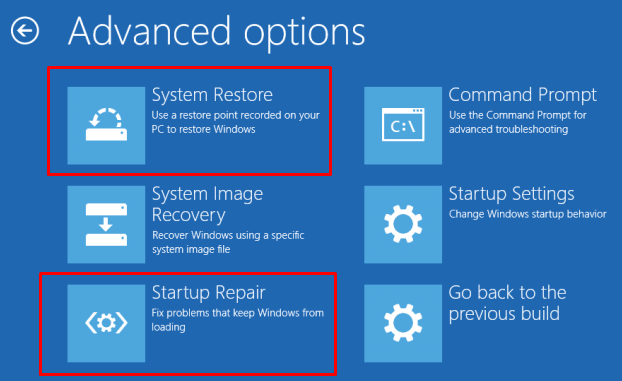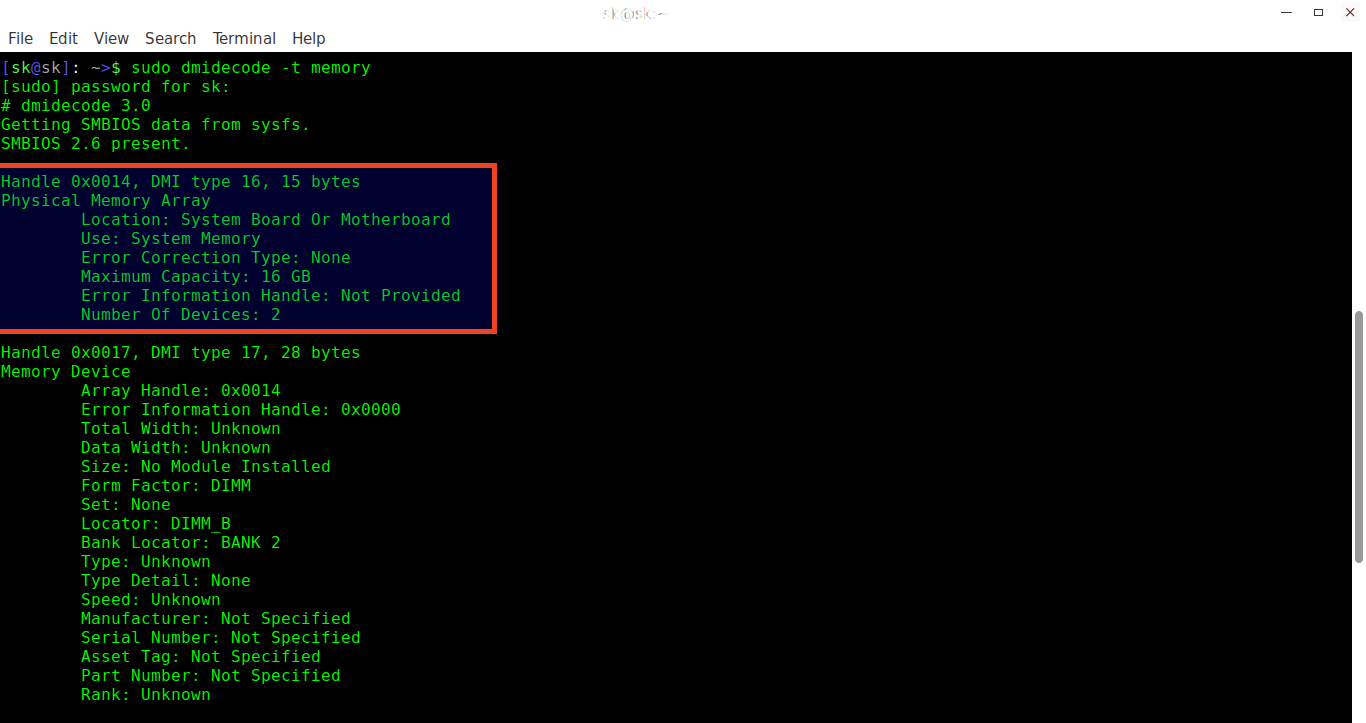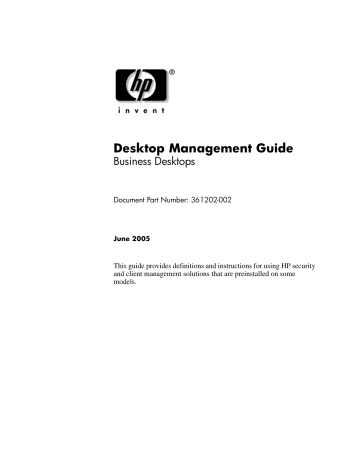

- #Hp dmi tool fails to create ram drive how to#
- #Hp dmi tool fails to create ram drive install#
- #Hp dmi tool fails to create ram drive download#
- #Hp dmi tool fails to create ram drive windows#
#Hp dmi tool fails to create ram drive windows#
Open a command line in administrator mode by right-clicking on the ‘Start Menu’ and selecting Windows PowerShell (Admin), run DISKPART and then each subsequent line as directed below. So we will basically format your USB into a bootable one, with the FAT32 file system (NTFS will only enable BIOS, not UEFI).
#Hp dmi tool fails to create ram drive download#
If you are running this operation from a branded manufacturer (as opposed to assembling one yourself), then you can probably request the manufacturer for a copy of your Operating System (most manufacturers let you download a copy).įirst we will create a bootable USB that facilitates UEFI (this is important for PCIe drives). Genuine Microsoft Windows are easy to come by, just purchase a copy from the Microsoft Store and you’re good to go.

It is assumed you have access to another computer on which you can create the above mentioned items. no previous installation of an Operating System). In case you want to use your new, super fast drive to run your Operating System and are starting from scratch (i.e.
#Hp dmi tool fails to create ram drive install#
Now you should be able to install your drivers and tools just fine. You will reboot into Safe Mode (after a little waiting). Click on it, and press Okay. Restart your computer when prompted. Click on the ‘Boot’ tab. In this tab, look to the bottom left and you will see ‘Safe Boot’. You will see ‘System Configuration’, open it. In the available tabs, you will see five tabs. However, if you are still not able to install your drivers, try the next solution.
#Hp dmi tool fails to create ram drive how to#
In case you don’t see a clear instruction on how to access your BIOS, visit your motherboard’s manufacturer’s website to find out exactly how (likely in the FAQs section). In the BIOS, you will need to find ‘SATA Operation’ (usually under ‘Advanced’) and change it from RAID to AHCI. This should both pick up your driver and enable full speed. This varies from system to system, but it is usually the F2 key. Go to the manufacturer’s website and download all the drivers, tools and firmware updates that you will need for your drive to function fully.Īnytime you boot up your PC, it shows an instruction on how you can enter your BIOS. Most BIOS/UEFI are configured to accept older HDD or SATA based SSDs, the PCI Express based drives require a slight modification in the BIOS and booting into Safe Mode. These drives are the latest technology on offer. If you have tried installing this drive but either are unable to install the official drivers (instead use Windows defaults), or are not getting the advertised speeds, then you might have a driver problem. 3- Drive Showing But Has The Wrong Drivers Give it a name (optional), leave it at NTFS (if you don’t know which file system you want) and check ‘Perform a Quick Format’, with an SSD, it should format and appear in no-time. Right click in the colored area in front of this disk and select ‘Format’. If your drive is detected (same test as above), but is not showing in File Explorer, go to Disk Management and find your disk. Power off and unplug your PC/laptop and remove the drive and put it back in again (in a separate slot, if available). If it does not, that means the drive was not installed properly. Does it match the number of installed storage devices? If so, that means this is an issue with the incorrect driver.

This will open the Disk Management window. Count the number of listed Disks. If your drive fails to show up altogether, then our first step is to verify if it is even connected. In Windows search, type Disk Management and select the ‘Create and format hard disk partitions’ option. Here’s how you can fix common PCIe NVMe SSD boot and driver problems. For example, missing drivers, unresponsive/slow drives and/or drives that simply do not appear after being connected. These drives plug directly in to a motherboard and the speed is off the charts (as high up as read speeds of 3.5GB/s in some cases). However, with new technology comes new problems to troubleshoot. So we’ve turned to PCI Express based storage devices.

Right now connecting SATA cable connecting drives to motherboards has became an issue. These drives take the mechanics out of the equation and as a result are exponentially faster. Traditional mechanical hard drives measure speed on RPM and cache storage, and now we have Solid State Drives. This pushed storage technology in a different direction namely speed. Society, it seems, has settled on a few TeraBytes of storage and are sticking to using more drives as/when needed. The struggle for astronomical storage spaces has slowed down.


 0 kommentar(er)
0 kommentar(er)
